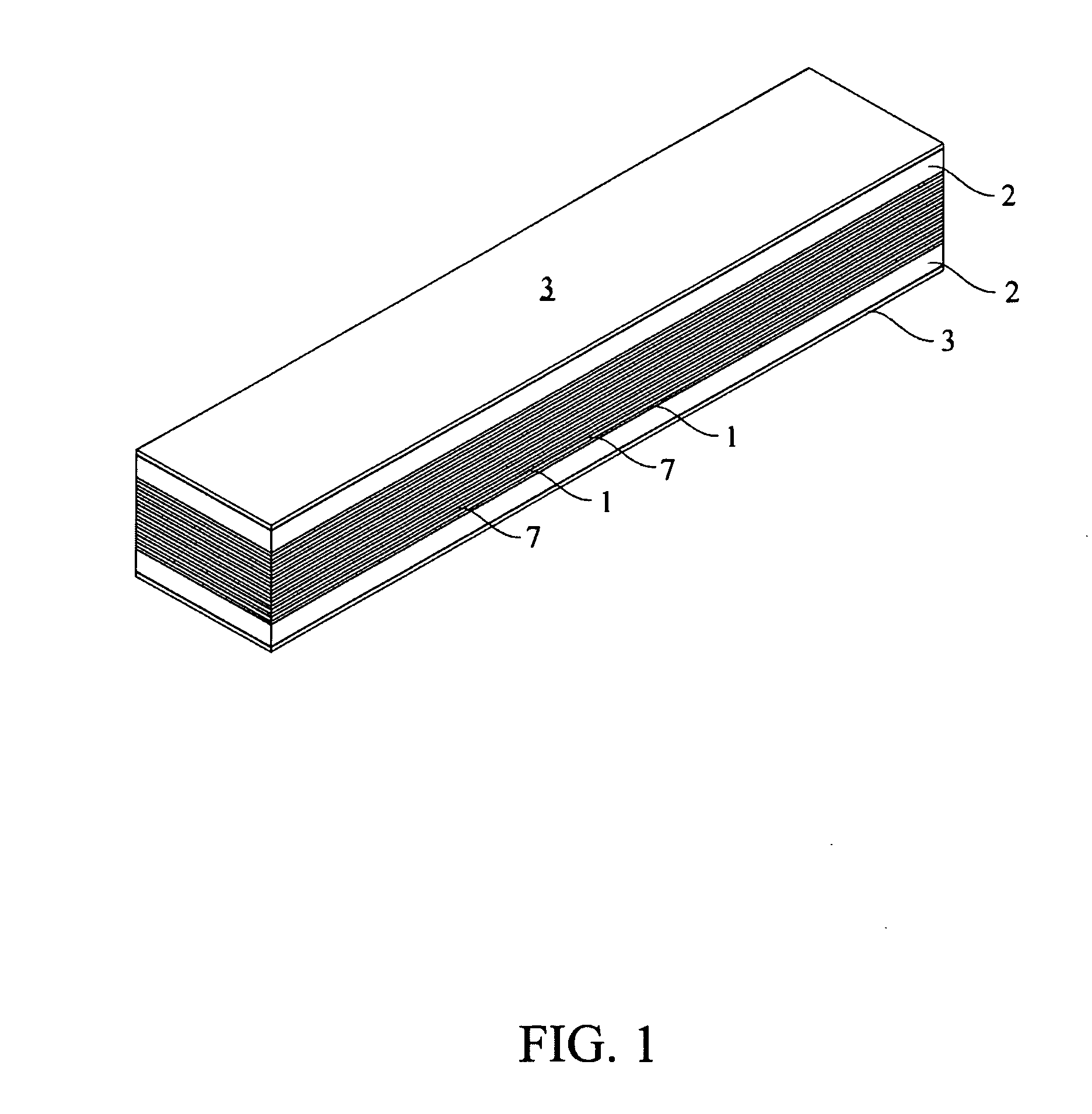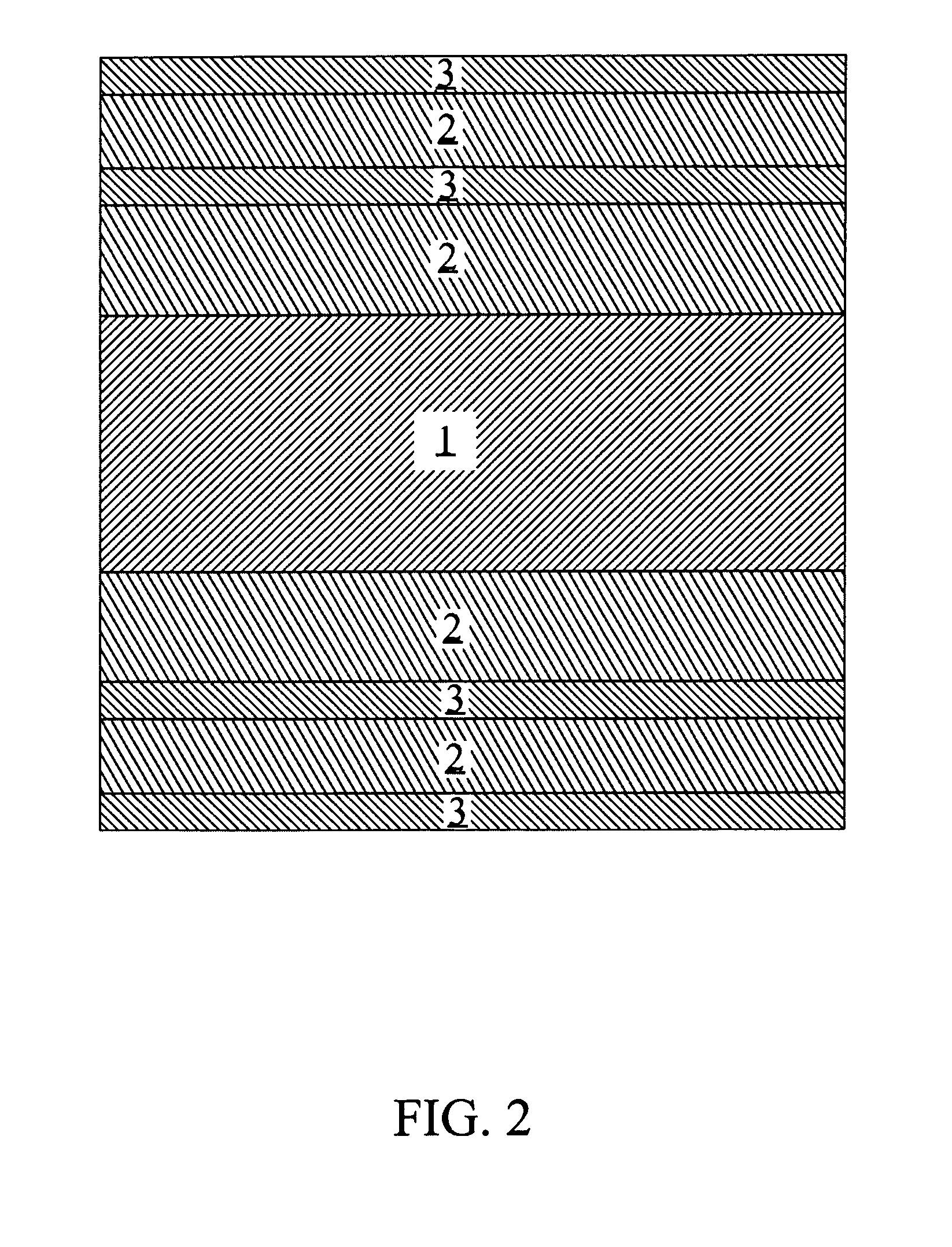Method and apparatus for reduction of skin effect losses in electrical conductors
a technology of electrical conductors and skin effects, which is applied in the direction of insulated conductors, power cables, cables, etc., can solve the problems of affecting the total system loss, affecting the overall system loss, so as to reduce the skin-effect loss, increase the inductance of the outermost conductor, and reduce the effect of skin-effect losses
- Summary
- Abstract
- Description
- Claims
- Application Information
AI Technical Summary
Benefits of technology
Problems solved by technology
Method used
Image
Examples
Embodiment Construction
[0022]While the design and usage of specific embodiments are discussed below, it should be understood that these discussions do not limit the scope of this invention, and that the broad concepts which are part of this invention may be usable in other specific embodiments which are not discussed below.
[0023]The skin-effect compensator of the present invention includes a conductor or conductors 1 through which electrical signals are transmitted. Also provided are electrical insulators 2, and a material or materials with a relative permeability greater than one 3, hereinafter referred to as compensators. In one embodiment of the present invention, multiple layers of conductive material 1 are interleaved with multiple insulators 7 in order to isolate each conductor from any adjacent conductors. This embodiment is shown in FIG. 1 of the drawings, and also includes insulators 2 on the top and the bottom of the structure. The insulators 2 act to electrically and physically separate compens...
PUM
| Property | Measurement | Unit |
|---|---|---|
| skin depth | aaaaa | aaaaa |
| frequencies | aaaaa | aaaaa |
| frequencies | aaaaa | aaaaa |
Abstract
Description
Claims
Application Information
 Login to View More
Login to View More - R&D
- Intellectual Property
- Life Sciences
- Materials
- Tech Scout
- Unparalleled Data Quality
- Higher Quality Content
- 60% Fewer Hallucinations
Browse by: Latest US Patents, China's latest patents, Technical Efficacy Thesaurus, Application Domain, Technology Topic, Popular Technical Reports.
© 2025 PatSnap. All rights reserved.Legal|Privacy policy|Modern Slavery Act Transparency Statement|Sitemap|About US| Contact US: help@patsnap.com



